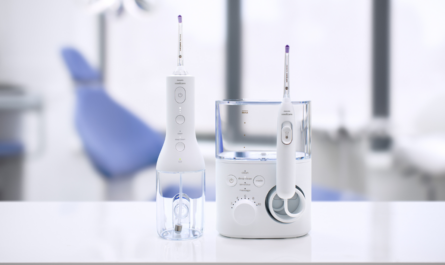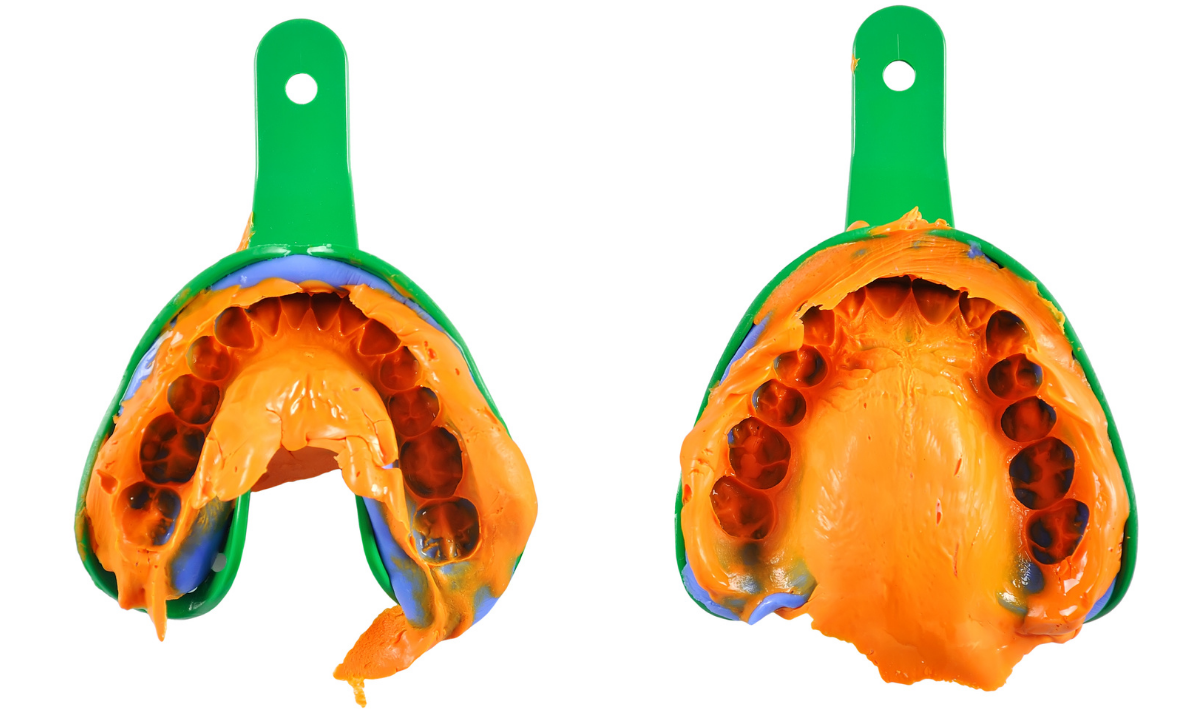By Dr. John Molinari and Peri Nelson
Many people talk about gloves not fitting their fingers, but few are aware that the palm width can be equally important in glove selection.
Editor’s note: In Best Practices in Infection Control, with THE DENTAL ADVISOR, Dr. John Molinari and Peri Nelson will address common concerns related to infection control in dental practices. Questions can be submitted at dentaladvisor.com, under the Ask The Editors tab.
Q: Our practice does not use an ultrasonic cleaner. How can I process instruments and remove debris safely?
A: Ultrasonic cleaners and instrument washers are the best and safest ways to remove debris from contaminated instruments. If your ultrasonic unit breaks down or your practice does not own one, instruments may be scrubbed by hand. Care must be taken by specifically using heavy duty, puncture resistant utility gloves, along with a long handled scrub brush to keep hands separated from instrument tips
Q: Our practice is large and sees approximately 150 patients per day. We do monitor our sterilizers weekly; however, we are concerned that we could have a failure. How does this occur and what should we be aware of?
A: There are multiple factors that can adversely affect sterilization cycles. Improper cleaning of instruments and leaving debris on instruments can act as a barrier to microorganisms and potentially compromise the sterilization process. Using an incorrect size of a sterilization pouch, overpacking bags with instruments and excessive amounts of sterilization wrap can also lead to failures in sterilization. Overloading the sterilizer by stacking bags on top of each other can compromise airflow within the chamber as well as drying cycles. Inappropriate time, temperature and/or pressure also affect sterilization. Human error plays a role here. If the sterilizer door is opened during the cycle or timers are incorrectly set, this results in incomplete sterilization. Inadequate maintenance of sterilization equipment can cause problems such as defective control gauges, worn door gaskets, clogged air filters, and broken seals. Only FDA-approved sterilization devices should be used.
Q: Our group practice orders only one brand and three sizes of gloves. The gloves do not fit my hands properly and I’m concerned that they will tear when I am working. Do you have any recommendations?
A: It is important to first note that people’s hands come in a variety of sizes. Not only are there differences in the lengths of fingers, but also the widths of the palms. Many people talk about gloves not fitting their fingers, but few are aware that the palm width can be equally important in glove selection. There are different glove widths available for various types of gloves. What you may have to do is try several samples to find a comfortable width. For example, when you put the glove on, the palm shape should remain the same as without the glove. If the palm is constricted, the width is too small and may cause muscle stress and damage over time.





